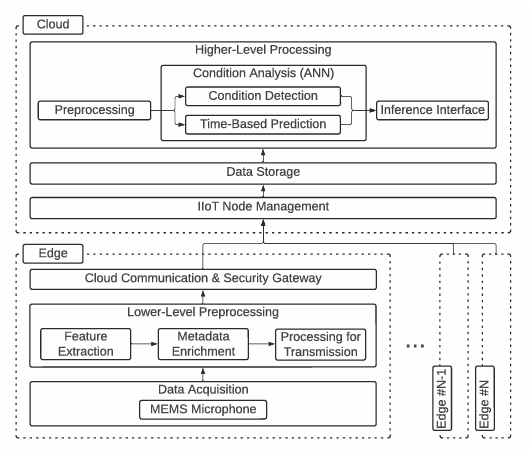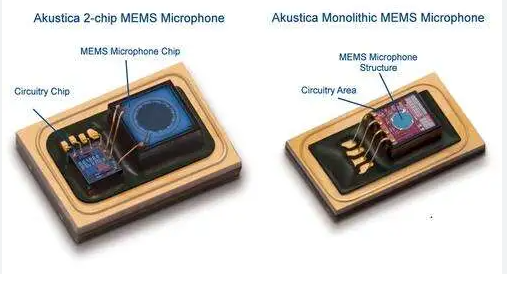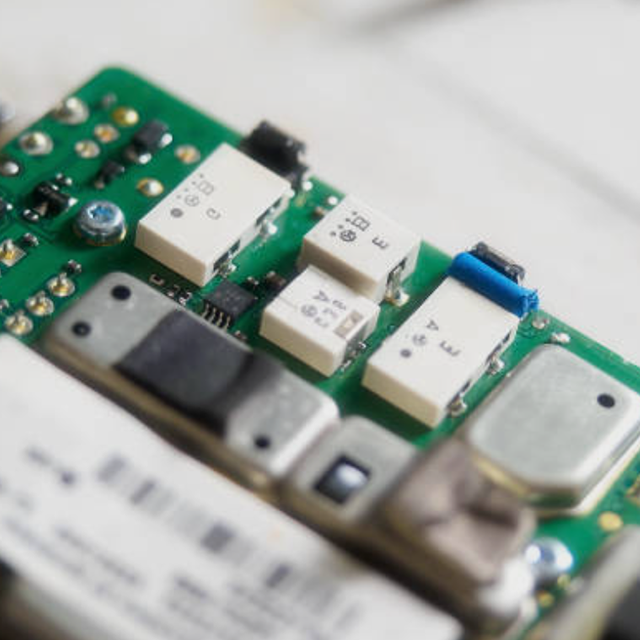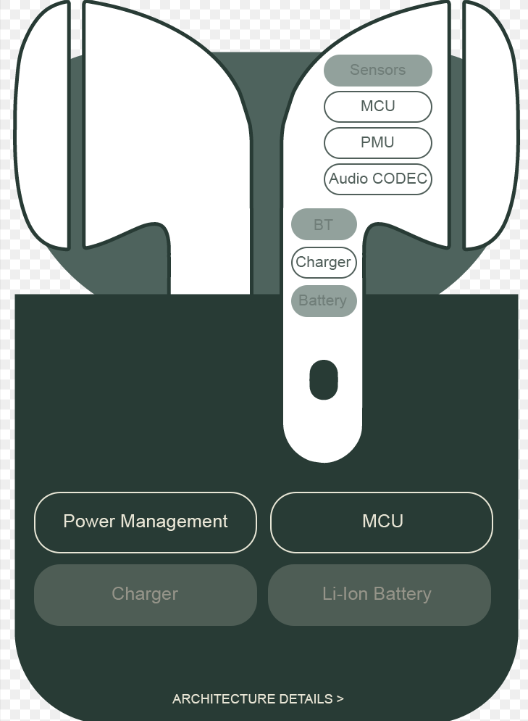Introduction
As the shift to Industry 4.0 accelerates, manufacturers are under pressure to improve efficiency, minimize unplanned downtime, and reduce maintenance costs. One of the most effective strategies? Predictive maintenance (PdM) powered by condition monitoring systems (CMS). But traditional sensors and infrastructure often come at high cost and complexity.
At Wuxi Silicon Source Technology Co., Ltd., we’re exploring how MEMS microphones, combined with edge computing, cloud platforms, and artificial intelligence (AI), can make condition monitoring smarter, scalable, and more accessible — especially for small and medium-sized manufacturers.
The Challenge: Making PdM Accessible and Scalable
Despite the promise of predictive maintenance, only 15% of manufacturers have implemented PdM strategies, largely due to:
- High costs of industrial-grade vibration sensors
- Complex IT infrastructure
- Lack of in-house AI or data science expertise
These barriers are especially limiting for SMEs (small and medium enterprises), which often operate on tighter budgets and smaller teams.
Our Solution: A Hybrid CMS with MEMS Microphones and AI
MEMS microphones — known for their small size, low cost, and high sensitivity — present a compelling alternative for condition monitoring. When combined with edge processing and cloud-based neural networks, these microphones enable real-time machine health insights at a fraction of the traditional cost.
✅ Key Features of the System Architecture:
- Distributed IIoT Edge Nodes: Each equipped with a MEMS microphone and capable of local signal preprocessing
- Cloud Backend: Handles AI-driven analysis, historical data storage, and system management
- Artificial Neural Networks (ANNs): Power both fault classification and time-based failure prediction

📘 Want to learn more about our MEMS microphones? Visit our MEMS MIC product center.
How It Works
🔹 Edge Nodes
Each node includes a digital MEMS microphone (e.g., with I2S interface), capturing audio signals from industrial machinery. It performs feature extraction (e.g., FFT, MFCCs, envelope tracking) before transmitting the data securely to the cloud.
🔹 Cloud Platform
In the cloud, preprocessing, classification, and prediction take place using dedicated ANN models. These models:
- Classify machine conditions (e.g., underlubricated, optimal, overlubricated)
- Predict time-to-failure based on historical acoustic signatures
This hybrid approach enables real-time monitoring at the edge and scalable intelligence in the cloud.
Validation: Real-World Use Case
In a lab setup simulating three lubrication states of linear motion axes:
- 100% accuracy was achieved in classifying machine conditions
- Mean absolute error <15 hours in time-to-failure prediction
- Data was acquired every 5 minutes for 11 days via Raspberry Pi-based edge devices
The MEMS microphone (Knowles SPH0645LM4H-B) captured subtle sound variations due to wear and lubrication differences — proving that acoustic-based monitoring is a viable alternative to traditional vibration sensors.
Why This Matters
✅ Cost-effective – MEMS sensors are significantly cheaper than conventional industrial sensors
✅ Non-intrusive – Microphones can be placed near equipment, no direct contact needed
✅ Scalable – Easily deploy across multiple assets with minimal wiring
✅ AI-ready – Compatible with modern ML pipelines and cloud infrastructures like Azure
Applications
This CMS architecture is ideal for:
- Industrial automation systems
- Factory asset monitoring
- Predictive maintenance for CNC, conveyor, and linear motion systems
- Smart manufacturing environments adopting AI + IIoT
Interested in applying MEMS microphones in your predictive maintenance system?
📩 Contact us to explore collaboration or request evaluation kits.


